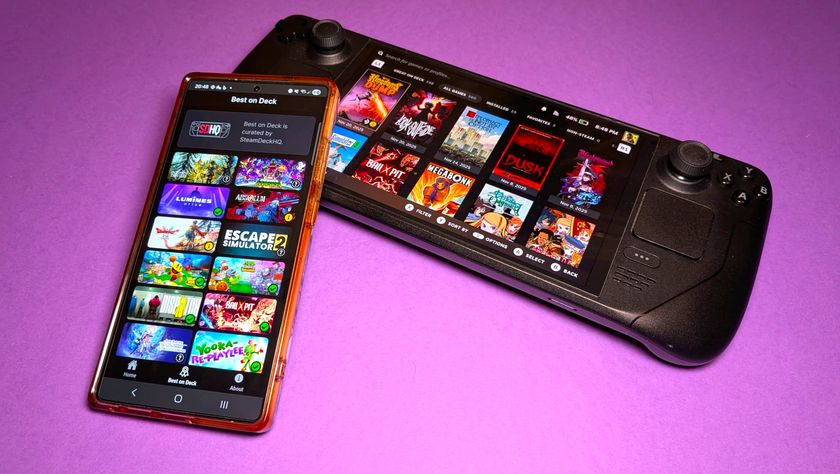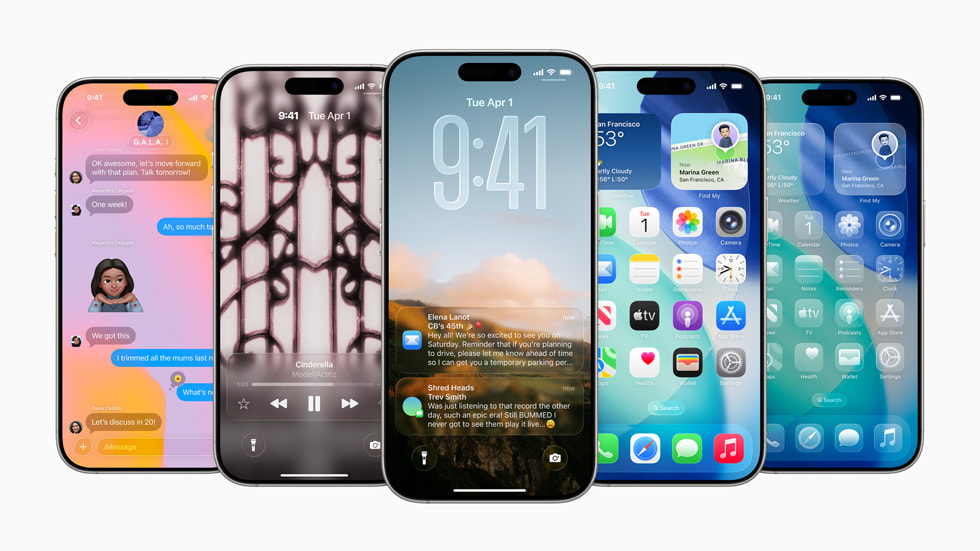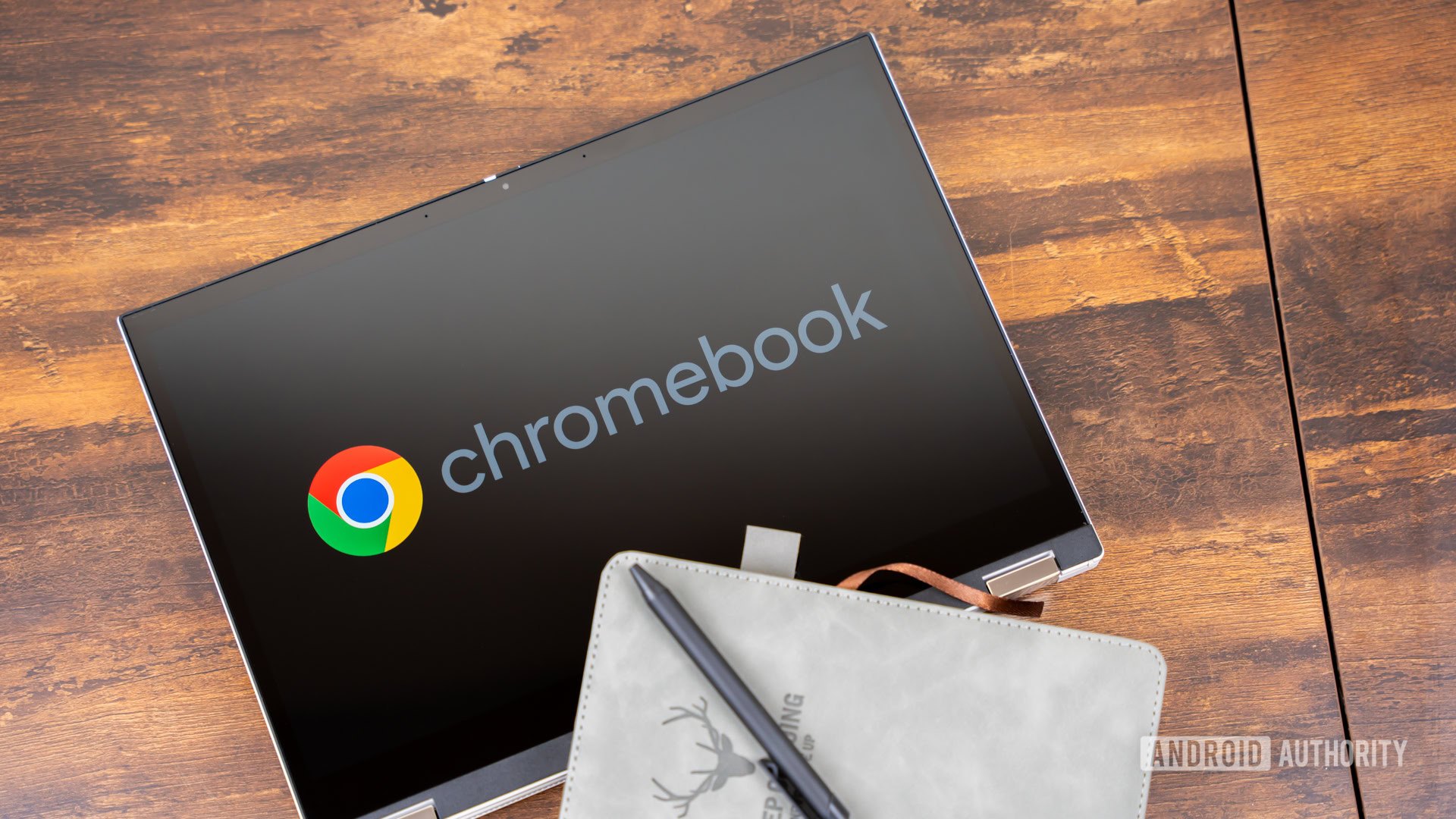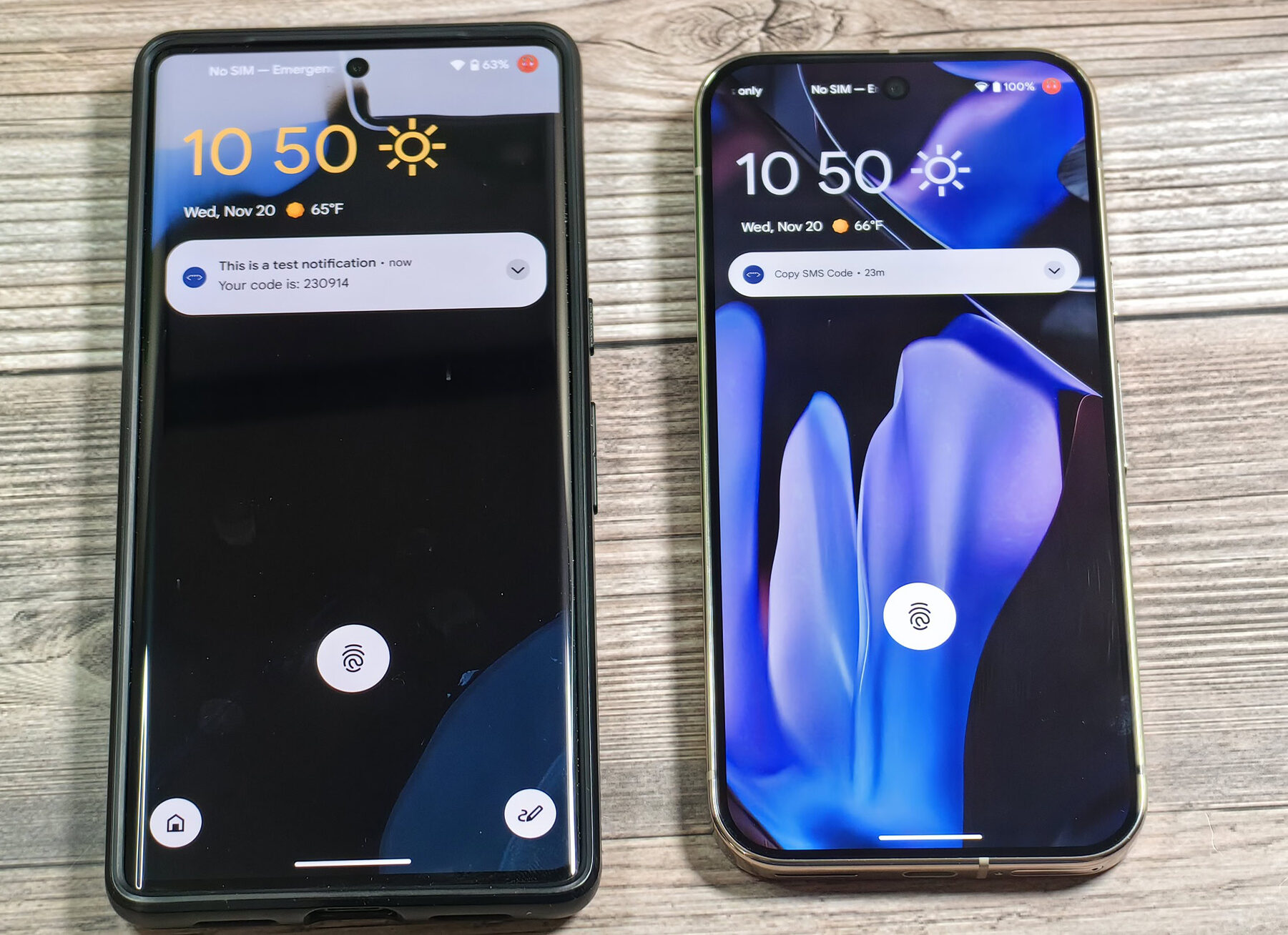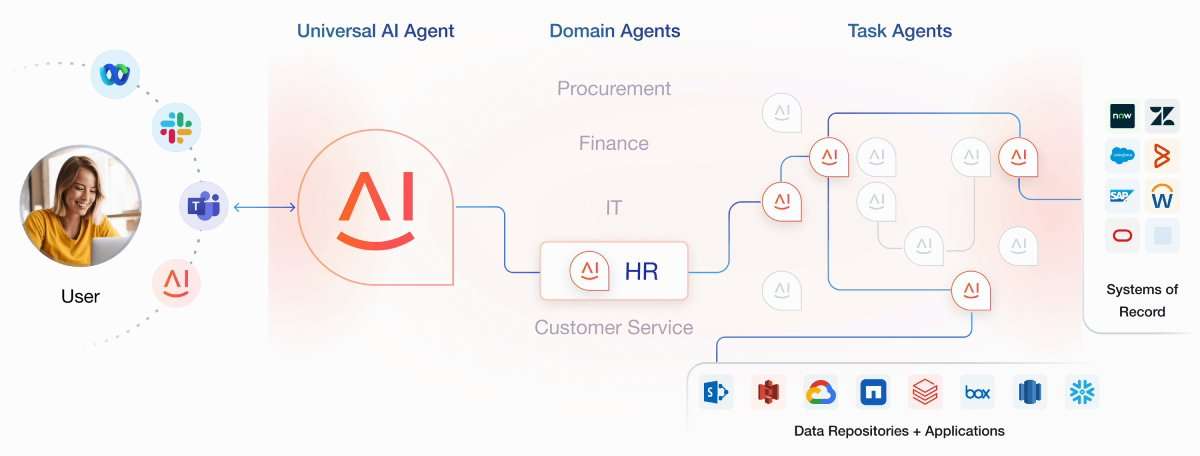Apple Wallet has rolled out a variety of new features in iOS 26, tackling earlier limitations and improving user engagement. Key among these enhancements are the inclusion of Digital ID and AI-enhanced order tracking.
### AI-Enhanced Order Tracking
First introduced in iOS 16, the order tracking functionality in Apple Wallet faced challenges in gaining popularity due to its dependence on external services. This reliance limited its efficiency, as numerous merchants opted to keep direct control over customer engagement. However, with improvements in iOS 26, Apple has overhauled this feature using Apple Intelligence.
Now, Wallet is capable of automatically pulling order information straight from confirmation emails sent by merchants and delivery providers. This advancement allows users to check their order status, receive progress notifications, and access other pertinent information all in one location without needing external cooperation. To utilize this feature, users can click the three-dot icon in the upper-right corner of Wallet and choose ‘Orders,’ where they can also set up push alerts for updates.
### Digital ID Without State Implementation Required
Apple’s goal to establish Wallet as a primary platform for digital identification has encountered obstacles, with just 12 states and Puerto Rico presently offering digital driver’s licenses. To bypass the sluggish rollout, Apple has launched the Digital ID feature in iOS 26.1.
Although Digital ID does not serve as a direct substitute for a driver’s license, it acts as a beneficial option for identity verification. Users can present their Digital ID at TSA checkpoints for domestic flights and at selected establishments for age confirmation. This feature is already accepted at over 250 airports across the US, with intentions for wider adoption. By promoting Digital ID, Apple aspires to motivate additional states to implement digital driver’s licenses in the future.
In summary, the updates to Apple Wallet in iOS 26, especially the launch of AI-driven order tracking and Digital ID, signify major advancements in transforming the app into a more all-encompassing tool for managing personal data and transactions.
Read More